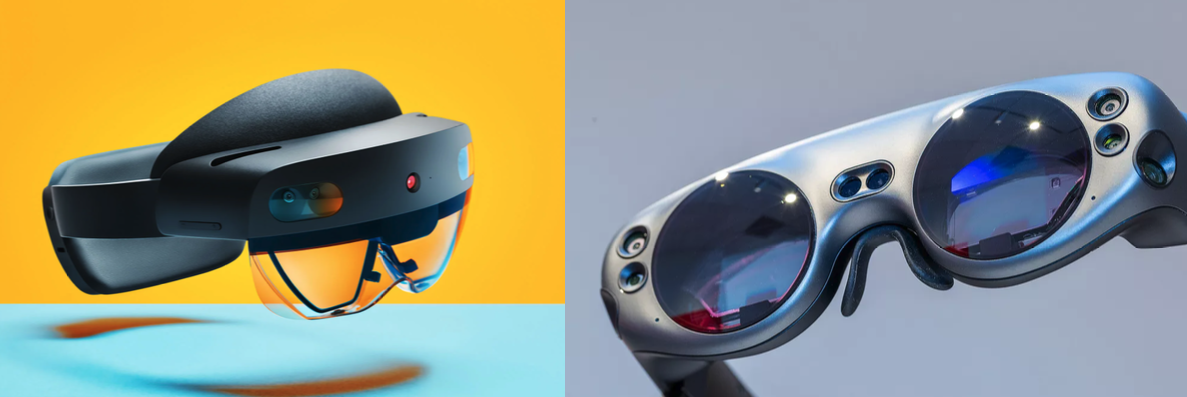Latest VR Devices
Spec and price
| Name | Oculus Quest 2 | HTC Vive Cosmos | Valve Index |
| Weight | 499g | 702g | 810g |
| Price | $299 | $699 | $499 (Headset alone) |
| FPS | 72Hz | 90Hz | 144Hz |
| Resolution | 1920 x 1832 | 1080 x 1200 | 1440 x 1600 |
| Mobility | Wireless/Wired | Wired only | Wired only |
Oculus Quest 2 itself is a standalone VR headset with most affordable price ($299 on Amazon). It is self-contained and wireless. It’s limited mobile processor is able to support games such as Beat Saber, Moss and SuperHot VR at high FPS, and with USC-C cable, it acts as a PC VR equipment.

On the other hand, Valve Index with its unique controllers, of course is the most interesting PC VR equipment in 2020. Valve’s “knuckle” controllers are pressure-sensitive and can track all five fingers, making them almost like gloves. Not many apps make the most of them yet, but Valve’s hardware is mix-and-match compatible with the HTC Vive, which also is built on the Steam VR platform. The Index uses external “lighthouse” boxes, meaning it is not self-contained.

The Vive Cosmos has self-contained tracking like the Oculus Quest 2 and Reverb G2 and also has swappable faceplates that will add more cameras for mixed reality and external sensor tracking (for larger holodeck-type experiences)

My pick: Oculus Quest 2 – The best standalone VR headset
Despite existing in a company-controlled walled garden, the Quest has turned into quite a destination for the best VR games. It has the most affordable price , and unique self-contained and wireless features which provide the most comfortable user experience (Even for people with glass). For heavy PC gamer, with its USB-C cable plugged-in, it supports top PC VR games like Star Wars and Half-Life: Alyx.
Latest MR Devices
Spec and price
| Name | Microsoft Hololens 2 | Magic Leap One |
| Weight | 566g | 454g |
| Price (USD) | $3500 | $2295 |
| FPS | 240Hz | 60Hz |
| Resolution (px) | 2048 x 1080 | 1280 x 960 |
| Mobility | Wireless | Wireless |
My pick – Microsoft Hololens 2

The two major devices currently on the market are HoloLens from Microsoft, and Magic Leap from, well, Magic Leap. These 2 devices are both for professional purpose powered by stand-alone computing systems. I am going to compare them with from various perspective.
Processing Capability – The HoloLens 2 keeps it all in the headset, making it the physically bigger of the two, while the Magic Leap keeps the computing separate, and connected by a trailing cable. It means Magic Leap is lighter but with a sizeable pocket computer.
While their specifications may be different – with the HoloLens 2 slightly better – they are both suitably powerful enough to handle the graphics seamlessly,
Control – This is where the two devices really separate. The Magic Leap comes with a hand-held ‘control’ controller, giving the user six-degrees of freedom, but also allows hand tracking via the on-board cameras. The HoloLens 2 relies on hand tracking and this has been much improved for the latest version of the device, easily identifying all ten fingers of the user with ease and allowing excellent manipulation within the system.
Display. In terms of the actual visible area, the HoloLens 2 wins again, with Magic Leap losing some of the content on peripheral vision, but the HoloLens isn’t perfect in this department either and has a tendency to cut projections off as they moved out of the holographic part of the display.
